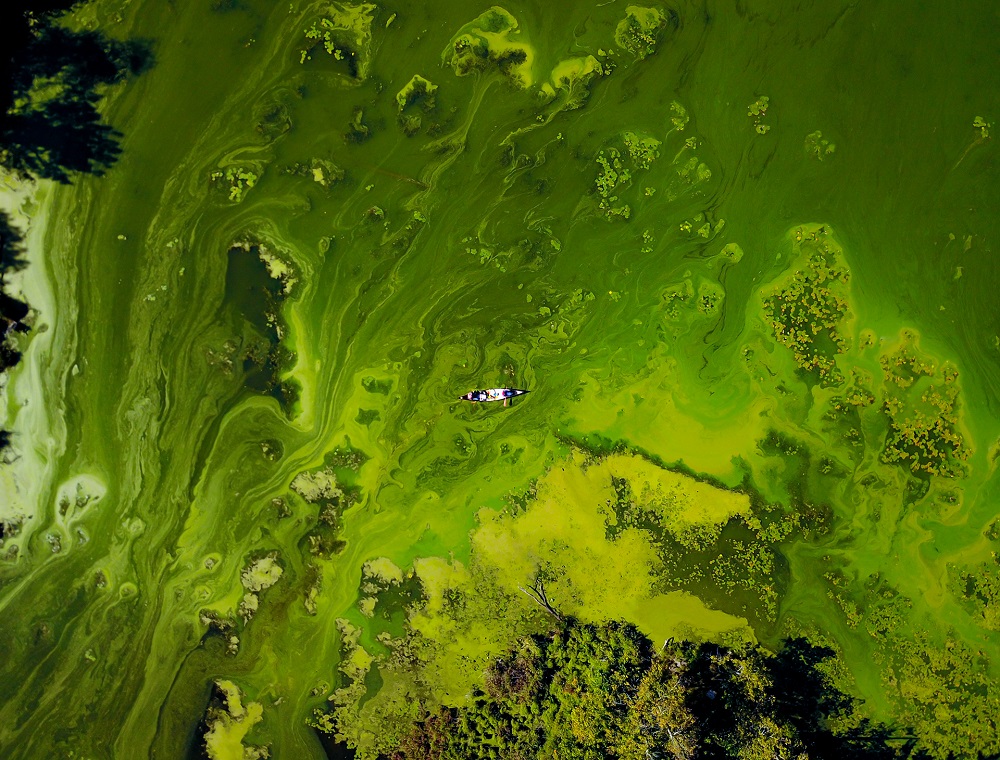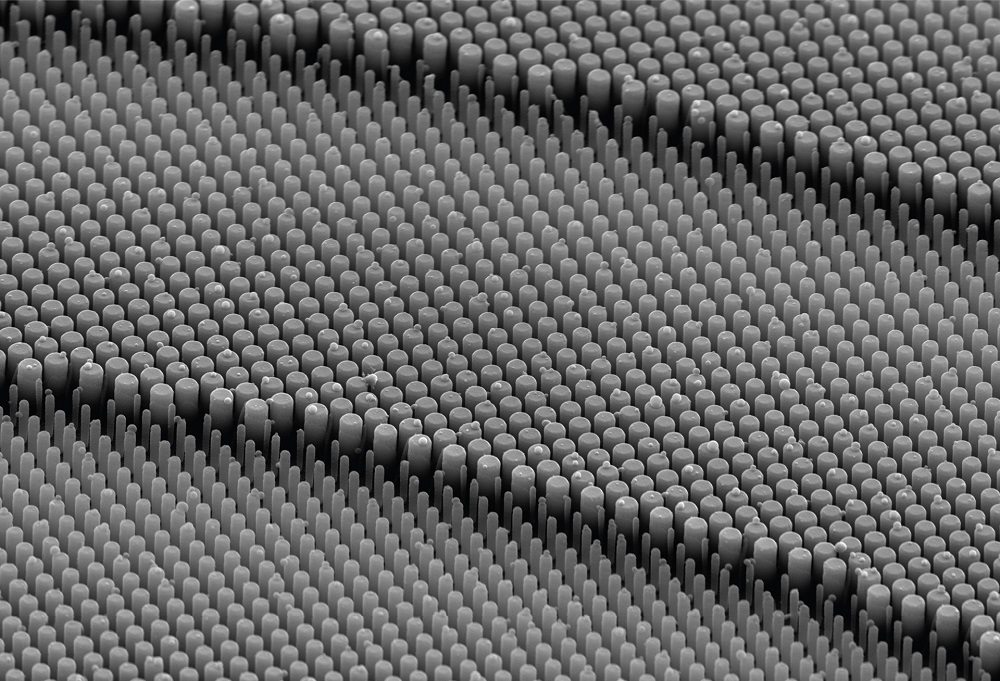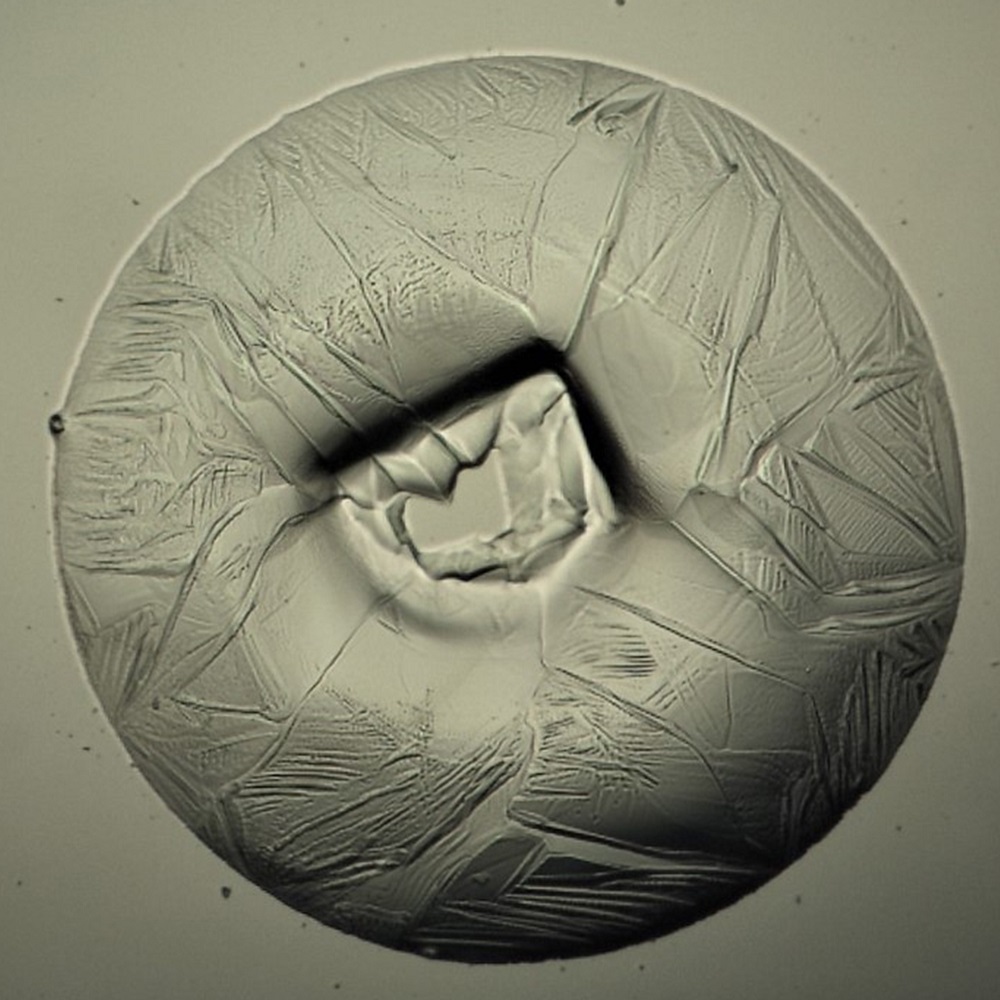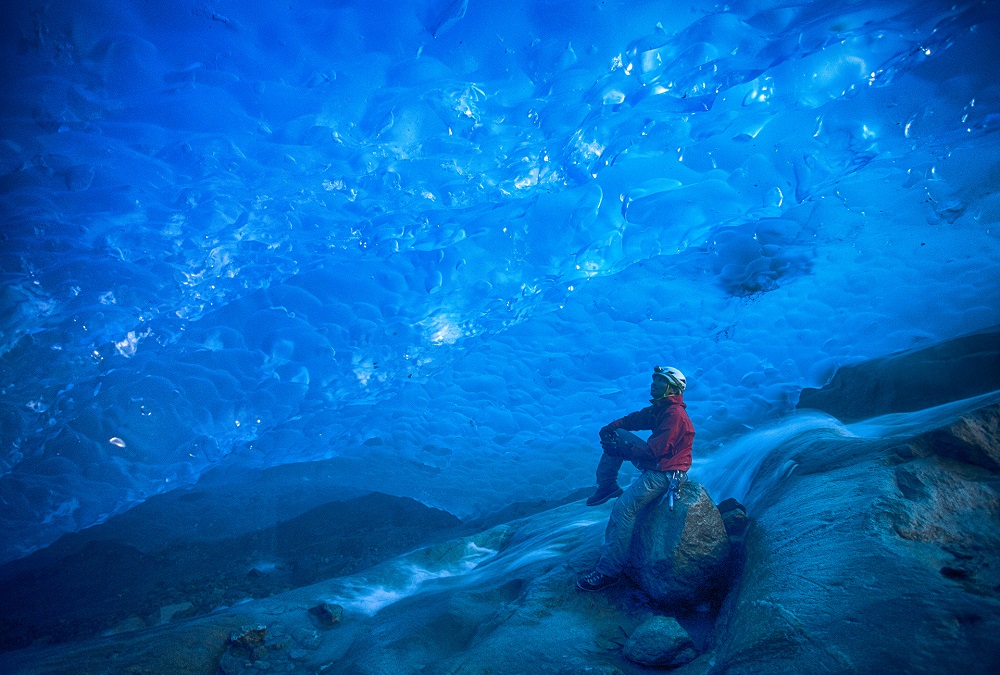Science exposed
September 13, 2022
Share
How does science look like? Researchers across Canada are showcasing their work in compelling images that provide the public with a new perspective on what goes on inside labs or in field research.
Featuring science across all fields, the Science Exposed contest is organized annually by the Natural Sciences and Engineering Research Council of Canada (NSERC). In 2022, four Queen’s students are among the finalists, with their images selected for public voting.
“Researchers are being more frequently asked to share their work with the public, and images are an effective, relatable way to share scientific knowledge; they can convey emotion, beauty, and even surprise, while also fostering curiosity,” says the contest webpage.
Public voting is open until September 18 and the image voted as people’s choice will receive a $2,000 award. A jury will also select three winners for prizes of $2,000 each.
Learn more about the images shortlisted from Queen’s:

Malignant brushstrokes (Haolun Tian, PhD student, Biology)
Human activity drives the intensity and frequency of blue-green algal blooms, which threaten aquatic biodiversity and the drinking water supply of millions. The transient and rapid emergence of these blooms into our lakes in late summer makes them difficult to monitor on short notice, particularly in smaller waterbodies. This drone image, taken from 100 m above the ground, shows my collaborators collecting water samples from an algal bloom in Dog Lake, a waterbody on the historic Rideau Canal system. The beautiful paint-like whorls seen from above hide a fetid and noxious “pea soup” that will eventually suffocate fish and other aquatic life when it decomposes in the fall. Using a combination of drone and environmental DNA monitoring, we are able to quickly assess the scale, movement and composition of a small bloom at the fraction of the price of satellite imaging or toxin assessment.

Fabricated nanostructures of a metalens (Masoud Pahlevaninezhad, PhD student, Electrical and Computer Engineering)
Metalens, an array of nanostructure optical elements, is a promising technology that could revolutionize optics by replacing conventional bulky lenses. By adjusting the shape, size and position of nanostructures, metalens can be used for complex imaging settings where conventional lenses fail to provide high-quality focusing. Our group, in collaboration with Harvard University, designed a metalens to incorporate into an endoscopic setting for live tissue imaging of internal organs. One-to-one comparisons of tissue images from both metalens and conventional lenses show metalens’ ability to capture images with noticeably higher resolution and more issue details. This research will ultimately enable a more sophisticated assessment of pathological changes, which could otherwise be easily overlooked by conventional lenses, at early stages of diseases like cancer.

Microfluidically generated salt crystal (Phillip Hillen, MSc student, Chemistry)
Microfluidics is the study and manipulation of fluids at a microliter scale. Droplets can be manipulated using a surface with different wetting characteristics. We generated magnesium sulfate salt crystals by evaporating a droplet of salt water on a microfluidically modified surface, and this image shows a perfectly circular salt crystal, five hundred microns in diameter. While the image is coloured as a result of quality enhancements, salt crystals aren’t colourful.

Deep blue ICE (Wai Yin Cheung, PhD student, Geography)
While working as a glaciological student on Aletsch Glacier, the longest glacier in Europe, I simply enjoyed the freedom of being by myself without the limitations of physical time. I’m amazed by the power of the vast ice field, as it grinds rock off of mountains, erasing the surface of the earth. This experience has taught me to be as firm and as brave as crystal blue ice for any future challenges I may face.
To see other finalist images and cast your vote, visit the Science Exposed webpage.